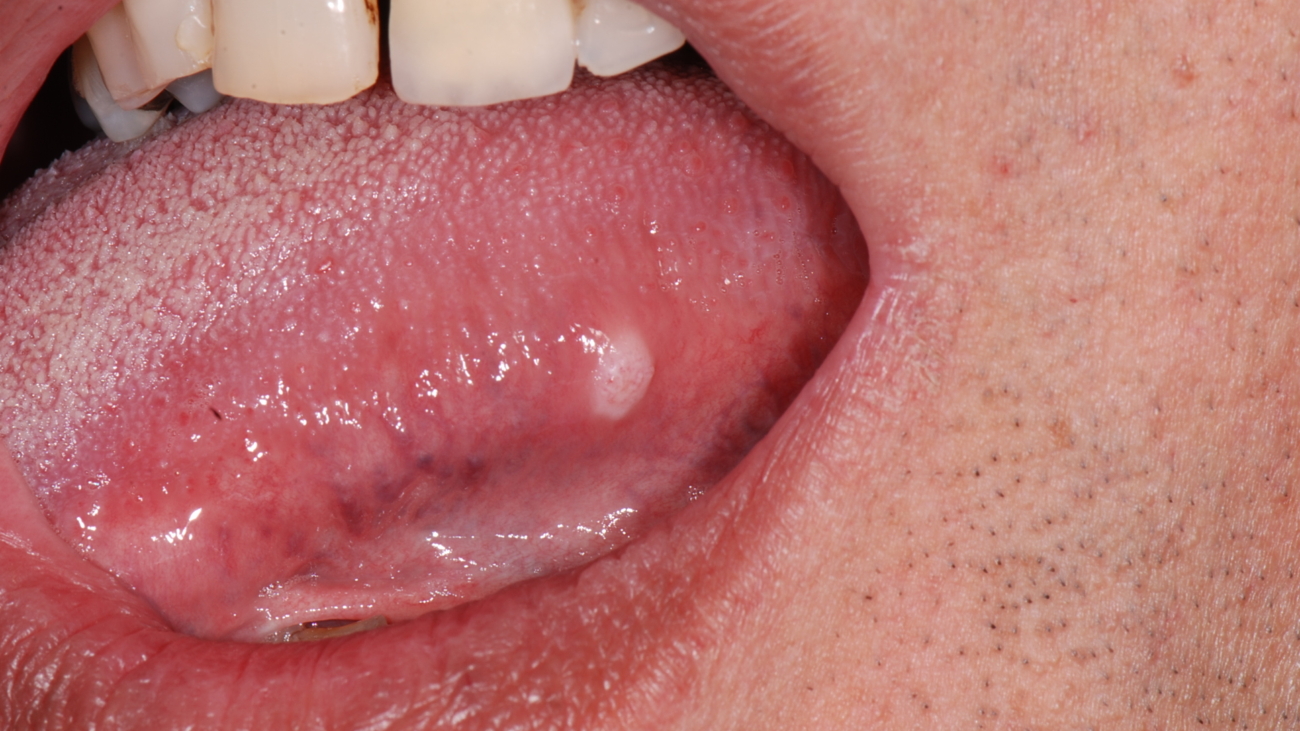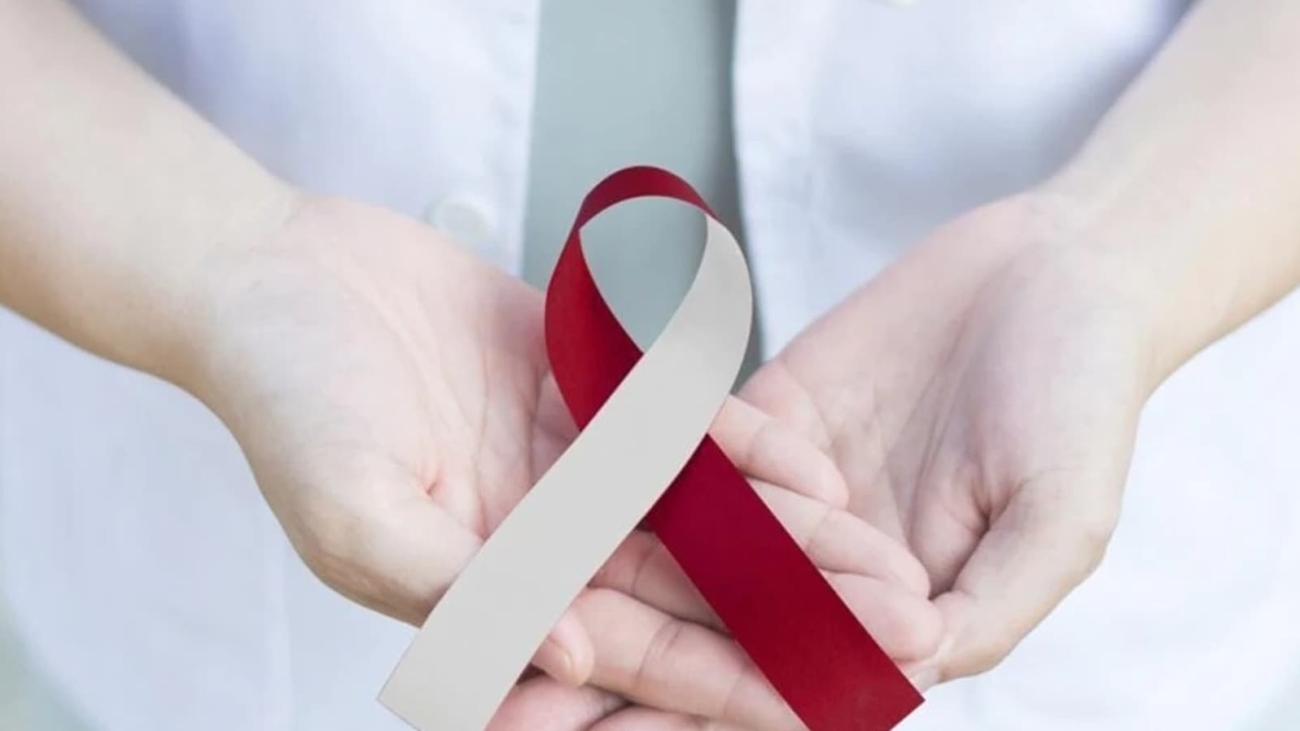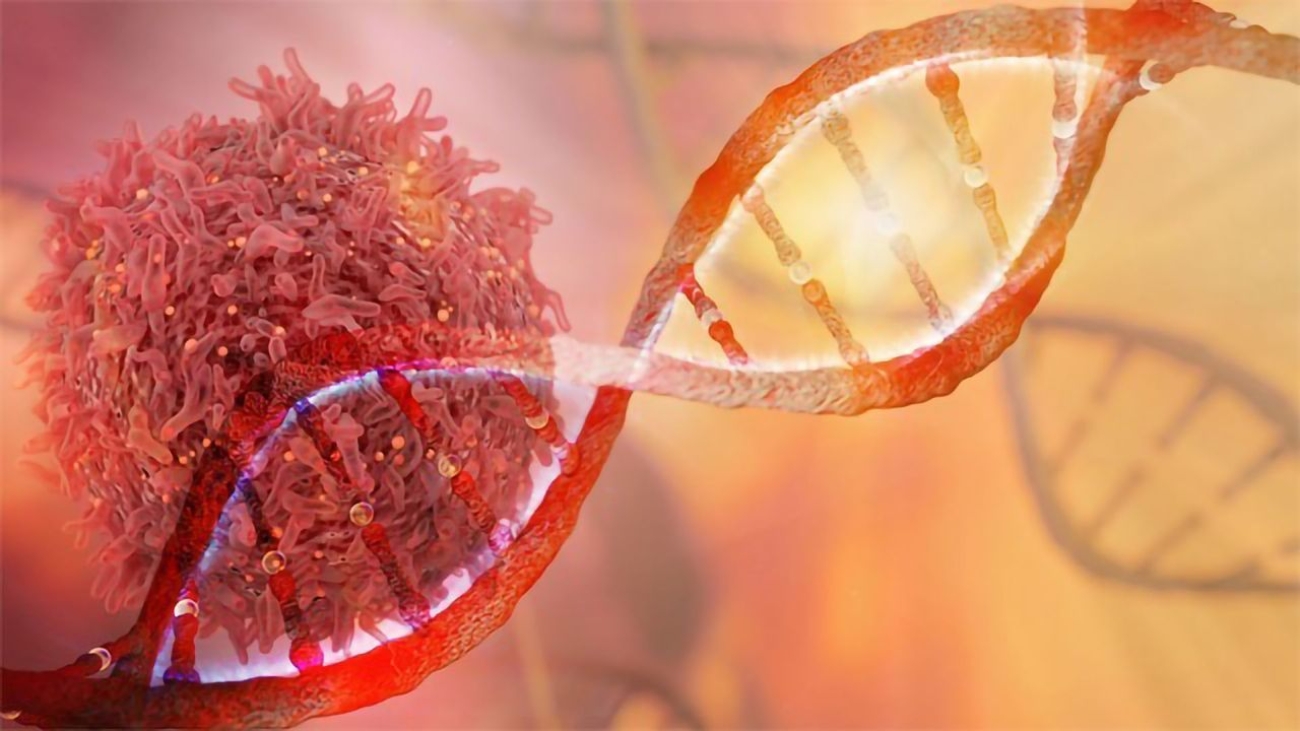Life & Death ( a must-read)
The man himself! R.I.P Carlos
Before you start reading this part of the information gathered here, please take a moment to read through the blog of a terminally ill cancer patient who sadly died last night (16th July 2015).
His name: Carlos Antunes
Location: Portugal
Carlos named his cancer “My Ninja” and as you will see, he fought the good fight with all his might ‘until the inevitable end, one might say! He was one brave man who knew what the outcome was to be, yet he never gave in until he had no more to give.
Loved & liked by many, I am told that even in his final days he was an absolute pleasure to be with and a kinder man who has seldom been met! May he rest in eternal peace and may a smidgeon of his bravery pass on to all of us when we need it!
Carlos Antunes R.I.P my friend (and thank you) https://an2nes.wordpress.com/
Bone Cancers (Sarcoma’s) Note here that the father of inventive estimation, so as to curry favor with anti-smoking lobbyists, Konrad Jamrozik, died aged 54 of a sarcoma, proving nothing except the fact that cancer can strike anyone, anywhere, anytime! His utterly ridiculous ‘guesstimations’ were the only ‘smoking-related deaths figures’ upon which the SCOTH Committee based their reasoning for introducing a smoking ban in this country.
He invented a figure of 11,000 and by God, that figure is still used now by such as CRUK even though they know that it is a figure conjured from thin air! That ban has seen the death of 15,000 once viable businesses, and 200,000 jobs and has not proven to have saved one single life! Yet it has seen the creation of Chantix/Champix/Varenicline which has twisted people’s minds to such an extent that suicides have become commonplace! America has some 2,000 lawsuits stacked up against Pfizer-interesting that the first settlement came “Out of Court”.
http://www.nhs.uk/conditions/Cancer-of-the-bone/Pages/Introduction.aspx
***
Check yourself out for breast cancer ladies!
http://www.nhs.uk/breast-cancer/pages/changes-breast-nipple.aspx
Never put off checking until tomorrow that which you easily check today!
*****
Now, this is a bit of a weird one, though no less devastating for those who suffer from this form of cancer.
This type of cancer is rare in the West but is much more common in the Far East.
It can occur at any age but is more likely to be found in people aged 50-60. It affects more men than women.
There are different types of nasopharyngeal cancer. They are named after the specific type of cell within the nasopharynx that has become cancerous.
Most nasopharyngeal cancers are squamous cell carcinomas. They develop in the cells that line the nasopharynx. The more common types, which are all treated in a similar way, are:
- keratinizing squamous cell carcinoma (type 1)
- non-keratinizing carcinoma: differentiated (type 2) and undifferentiated (type 3)
- basaloid squamous carcinoma.
There are other types of cancer that can develop in the nasopharynx, such as melanoma, lymphoma, and sarcoma. These are much rarer and are treated in different ways.
Click here to learn more about (naso) ‘Nose Cancers’
*****
Check this out out for detailed information regarding
Oesophageal Cancers
There are two main types of cancer of the esophagus: squamous carcinoma, which is more common at the upper end of the gullet, and adenocarcinoma, which is more common at the lower end, particularly around the junction between the gullet and the stomach.
http://www.netdoctor.co.uk/diseases/facts/oesophaguscancer.htm
*****
Now we have some great news on the fight against cancer battlefront. You may not believe this but researchers have tried fighting germs/bad cells with different types of germs/bad cells. This video spells it all out for you-I think you will need to watch it twice to grasp the enormity of what is being achieved here!
*****
And on a sadder note, we need to point out that skin cancers can come in many forms, but few so embarrassing as facial skin cancers! Check out some of these sites so as to know what to look for-if, unfortunately, you have to:
***
http://www.medicinenet.com/skin_cancer/article.htm
***
http://www.cancerresearchuk.org/cancer-help/type/skin-cancer/about/skin-cancer-symptoms
***
http://www.bmihealthcare.co.uk/treatment/treatmentsdetail?p_name=Facial%20skin%20cancer%20removal&p_treatment_id=432
(look for the A-Z of treatments)
***
http://www.londonentsurgeons.com/index.php/head-neck/facial-skin-cancers
(an excellent site for information & contact)
***
Post op Tastebuds etc
Now we all know, or very quickly find out, that once the laryngectomy operation is over and recovery begins we have to eat soft foods for a while in order to start building our strength up again. But what of the taste of these foods? Where has it gone?
For many of us, the sad truth is that we think we can still taste the culinary delights presented but in actual fact we can’t – we only think we can. However, as time passes we do actually claw back a percentage of our ‘taste bud excellence‘. Here is a story to give us all hope as Andrew Hedley found that he was able to start tasting the wines he created. Read this article and be aware of the power we all have within!
The winemaker who had to relearn how to taste and smell


